Our Services
ANGIOPLASTY
The term “angioplasty” means using a balloon to stretch open a narrowed or blocked artery. However, most modern angioplasty procedures also involve inserting a short wire mesh tube, called a stent, into the artery during the procedure. The stent is left in place permanently to keep artery open with normal blood flow.


Cardio Profile
The cardiac profile is a comprehensive panel of tests that is used to check the overall functioning of the heart. By looking at the certain enzymes, it becomes easier for clinicians to evaluate the health of the heart. • Trop- I (Quantitative) • CPKMB • BNP • DDIMER • MYOGLOBLIN
TREADMILL TEST (TMT)
Treadmill test is also called a stress test, exercise Electrocardiogram, graded exercise test, or stress ECG. It is used to provide information about how the heart responds to exertion. It usually involves walking on a treadmill at increasing levels of difficulty, while Electrocardiogram, heart rate, and blood pressure are monitored.

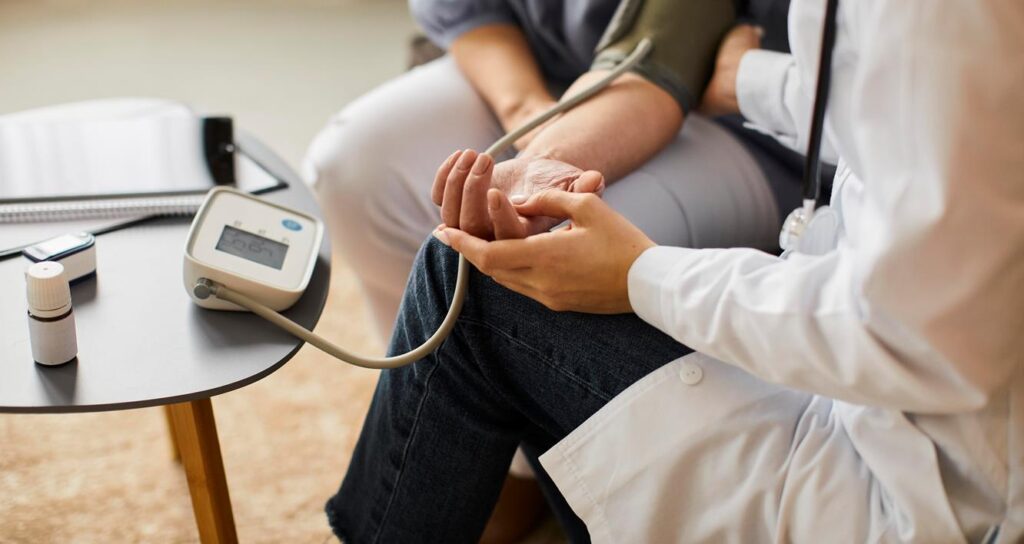
Hypertension
What is the main cause of hypertension? What causes high blood pressure? High blood pressure usually develops over time. It can happen because of unhealthy lifestyle choices, such as not getting enough regular physical activity. Certain health conditions, such as diabetes and having obesity, can also increase the risk for developing high blood pressure. Regular drug treatment is required to controle it and avoid complications.
Pacemaker
Your heart’s sinus node is your natural pacemaker (found in the upper right chamber of the heart, known as the atrium). It sends an electrical impulse to make your heart beat. The job of a pacemaker is to artificially take over the role of your sinus node if it’s not working properly.


STRESS ECHO
Stress echocardiography is a test that uses ultrasound imaging to show how well your heart muscle is working to pump blood to your body. It is most often used to detect a decrease in blood flow to the heart from narrowing in the coronary arteries.
ECHO
An echocardiogram, or “echo”, is a scan used to look at the heart and major vessels it gives information of heart valves, functional status, cardiac chambers status aorta and pulmonary arterial anatomy Helpful in diagnosis of heart defects in children’s.


ABPM (Ambulatory Blood Pressure Monitoring)
Ambulatory blood pressure monitoring records your blood pressure (BP) readings over a 24- hour period, whether you’re awake or asleep. This happens outside your healthcare provider’s office, as you go about your daily life. You wear a cuff on your arm and a small device attached to a strap or belt. It gives information of your exact 24 hrs. blood pressures.
Angiography
Angiography is a type of X-ray used to see any blockage in blood vessels. A special dye called a contrast agent needs to be injected into your blood first. This highlights your blood vessels if they have any blockage.
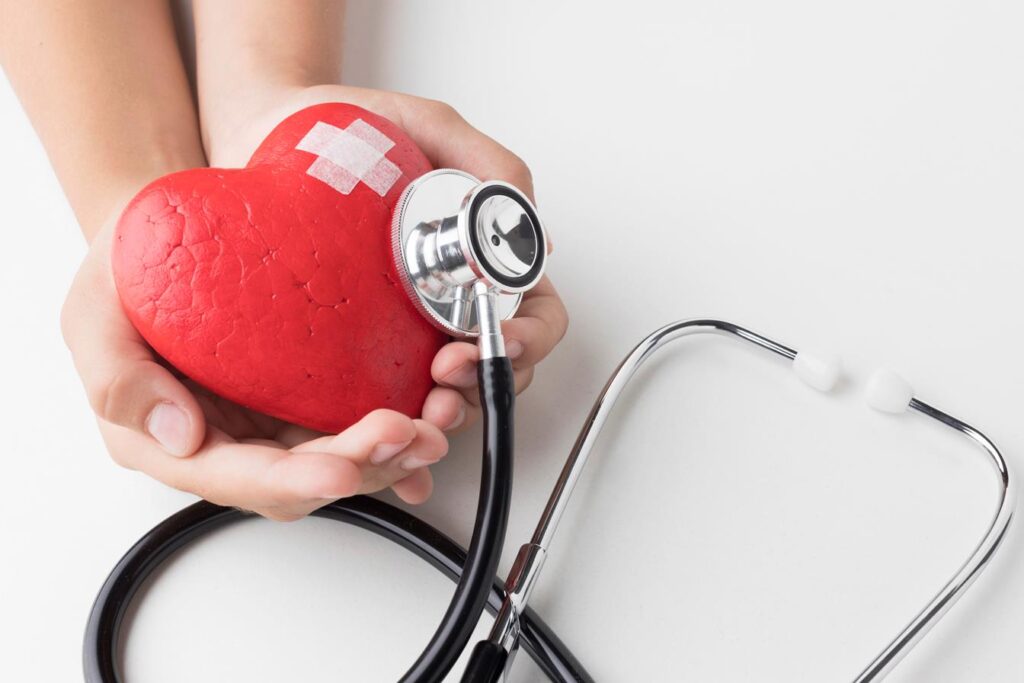
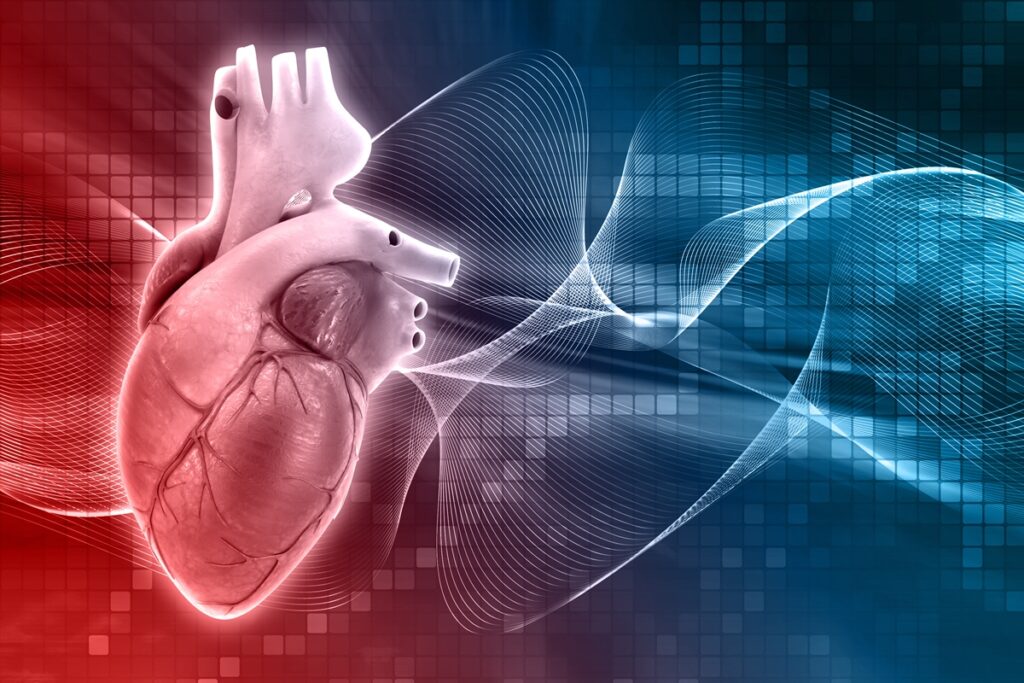
Heart Failure
heart failure, sometimes called HF, means that the heart isn’t pumping as well as it should. Usual symptom is breathlessness and easy fatigue, this is a life threatening condition and requires urgent visit to a heart expert.
Holter Moniter
A Holter monitor is a small, wearable device that records the heart’s rhythm. It’s used to detect or determine the risk of irregular heartbeats (arrhythmias) Heart block and atrial fibrillation. A Holter monitor test may be done if a traditional electrocardiogram (ECG or EKG) doesn’t provide enough details about the heart’s condition.
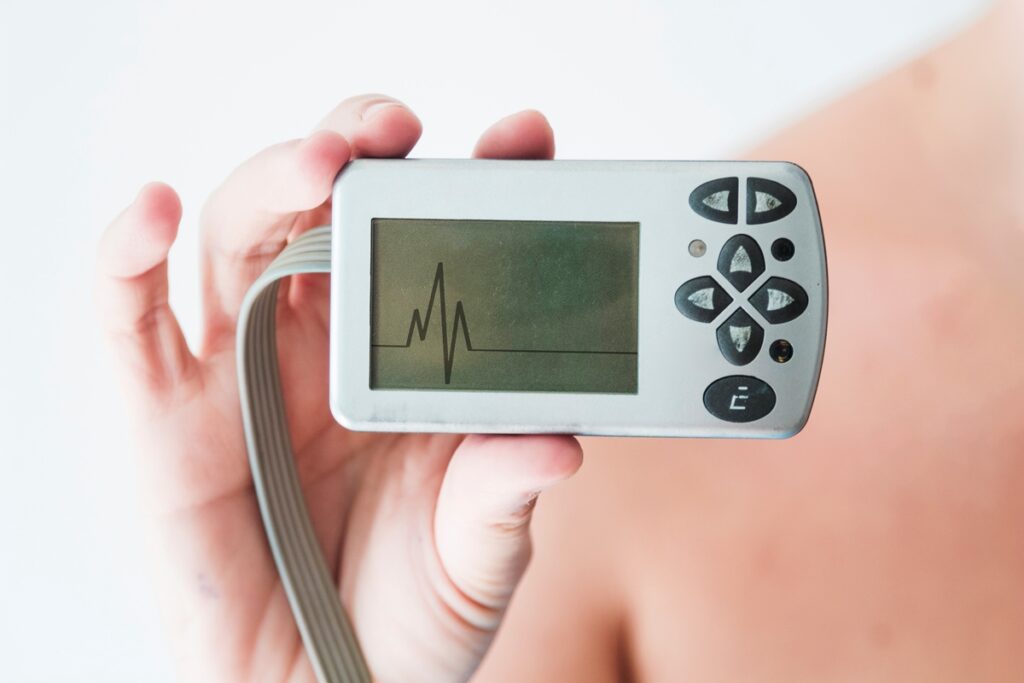
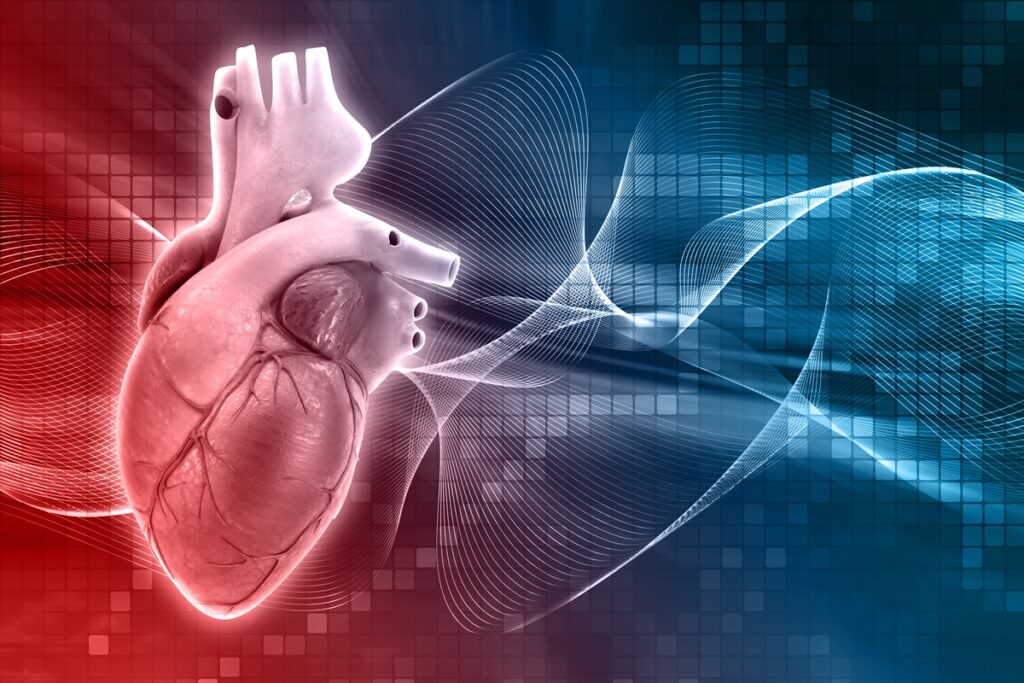
Heart Attack
A blockage of blood flow to the heart muscle . A heart attack is a medical emergency . A heart attack usually occurs when a blood clot blocks blood flow to the heart. Without blood, tissue loses oxygen and dies. A ECG should be done urgently to diagnose this condition